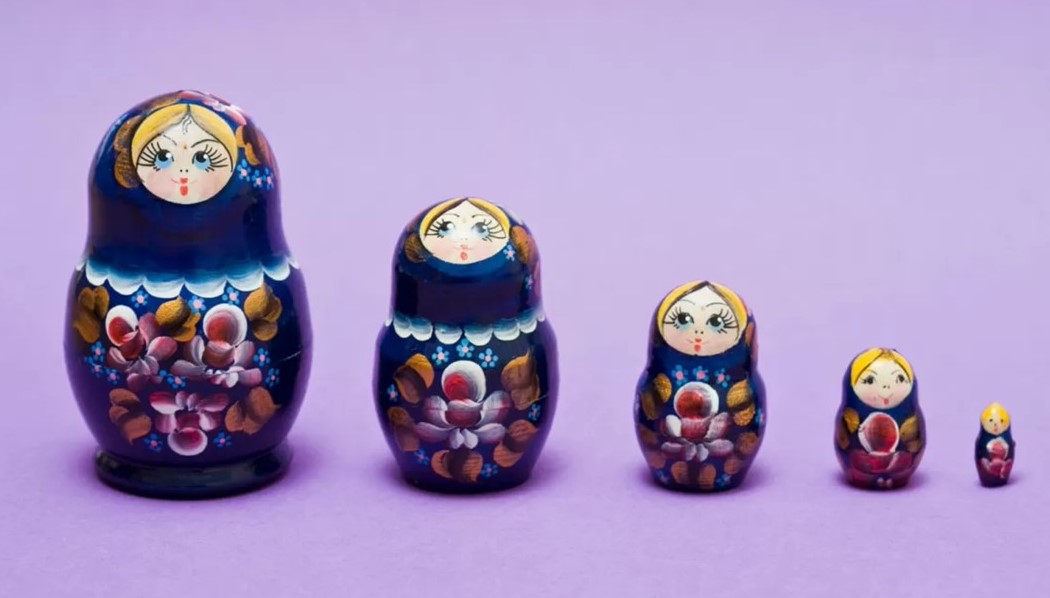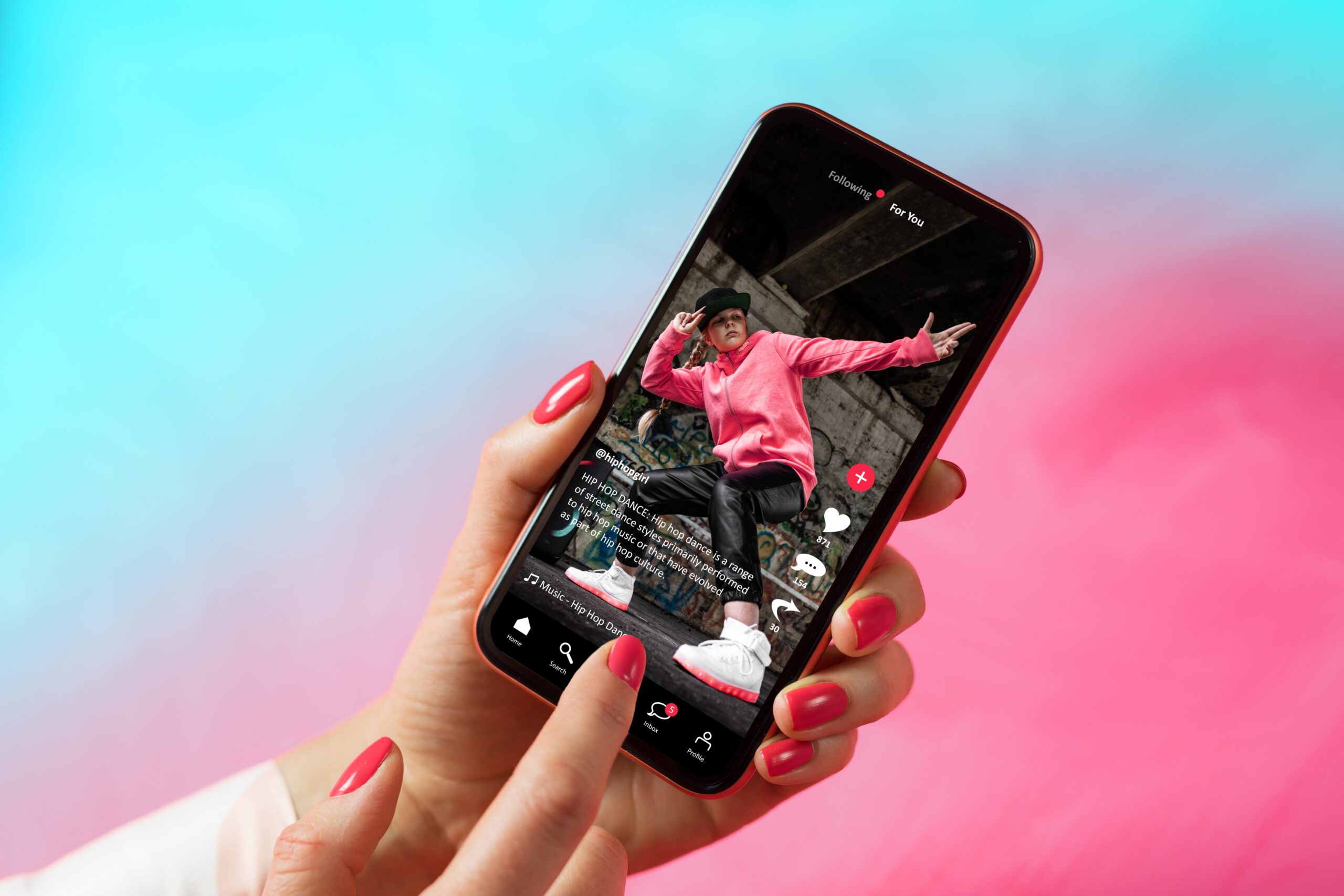“We are living in the age of attention inequality.” That’s what Zach Schwitzky, CEO of…
A dysfunctional family or a harmonious orchestra?
Gen Z and the multigenerational workforce
The holiday dinner has long been a staple of American culture. Every Thanksgiving and Christmas, family members from across the country reunite, share turkey and eggnog, and spend quality time with each other as the old year slips into the new one. At least that’s the popular narrative. The reality is that the festive setting is sometimes a breeding ground for tension and pure dysfunction. Skeletons emerge from the closet, grudges resurface, resentment and disappointment boil over, and then someone brings up politics.
People seem to tolerate the ritual gatherings perhaps because they know the holidays only last a few days. But now imagine a much bigger group of interconnected people essentially having a holiday dinner over and over every day for most of the year. And instead of the usual nuclear family spats, you have four (sometimes five) generations of people simultaneously jostling for acceptance and the moral high ground. That’s exactly the scenario that companies are about to face as Gen Z enters the workplace.
In this environment, where many Baby Boomers are still in the workforce and the young Gen Zers are in their early 20’s, the age difference between the oldest and the youngest employee could be as much as forty something years ─ an age gap that presents a variety of challenges for business leaders and their organizations. And while workplace diversity, whether in gender, race, or age, can serve companies well by allowing them to tap into a variety of perspectives, experiences, and expertise to solve problems and generate new ideas, conflict can arise from generational differences in values, working styles, as well as from unconscious bias and stereotyping. Left unchecked, this conflict could lead to resentment, low morale, less engagement, and as a result lower productivity.
To avoid the workplace equivalent of a dysfunctional holiday dinner and integrate employees from multiple generations into a cohesive, harmonious workforce companies should adopt four strategies:
Training
Provide opportunity for learning by jointly examining the events and experiences that shaped each generation’s worldview. Raising awareness and allowing each group to understand where other groups “come from” by having open conversations is always a good start.
Mixed Teams
Create an environment where employees from different generations work together in a structured way either as part of their day-to-day work or as part of a special, one-off project. project. By doing so, team members are exposed to each other’s ideas and working styles and therefore form perspectives based on hands-on, real, experience instead of relying on perceptions and stereotypes.
Reciprocal Mentoring
Pair a member of Gen Z with an older employee so they can learn from each other. Gen Zers bring their knowledge of youth culture and digital savviness, and they can benefit from an older colleague’s experience on how to navigate their careers.
Differentiated benefits
What may be appealing be to a Baby Boomer may not be as appealing to a younger employee. Identify what benefit programs suits each life stage and apply it accordingly
Finally, no matter what strategy appeals most to your organization, identifying commonalities can be as important. In the end of the day, no matter which generation one belongs to, everyone wants to maximize their full potential, have a sense of purpose to what they do, and feel valued. Leaders who can both recognize difference while building on commonalities have better chances in bridging the generational gap.
Read more about the challenges of a multigenerational workforce at https://www.amazon.com/dp/1734720409/ref=tmm_hrd_swatch_0?_encoding=UTF8&qid=&sr=
Gen Z is Changing Everything!




